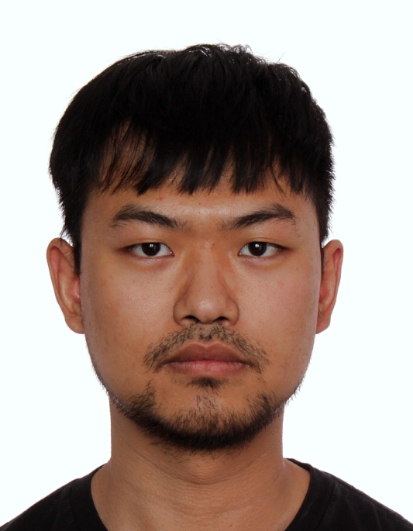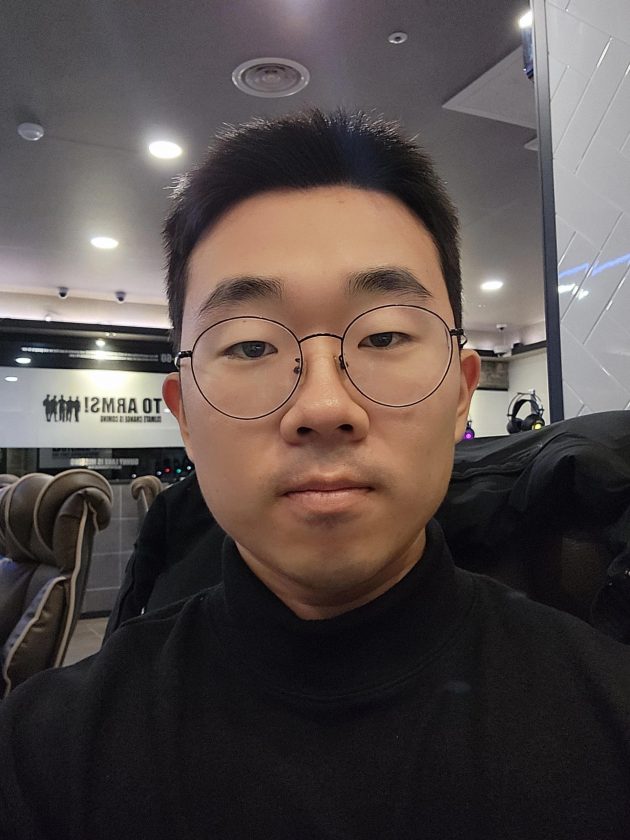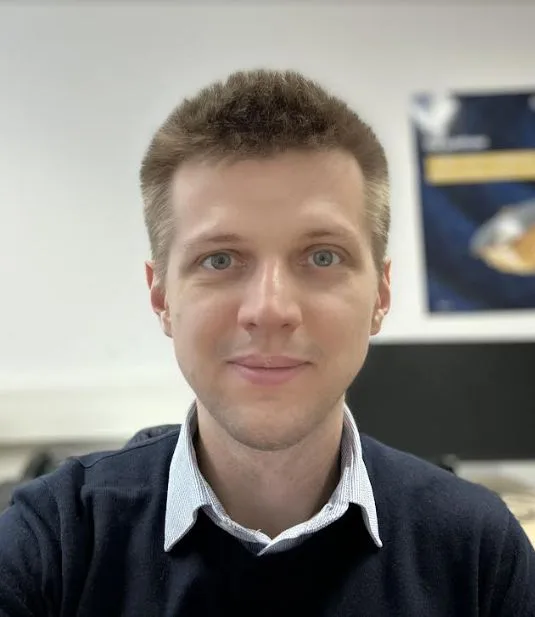
I’m thrilled to introduce Dr. Boris Goncharov, a distinguished figure in the field of gravitational wave research. Currently, he is a Senior Scientist with the Pulsar Timing Array (PTA) group at the Albert Einstein Institute (AEI) in Hanover, Germany, where he is exploring the fascinating world of nanohertz-frequency gravitational waves.
Dr. Goncharov has an impressive background that spans several prestigious institutions and groundbreaking projects. Before joining AEI, he contributed significantly to the early planning stages of the Einstein Telescope (ET) at the Gran Sasso Science Institute (GSSI) in Italy, a state-of-the-art European gravitational wave observatory set to make waves in the 2030s. His academic journey includes a PhD from Monash University in Australia and a joint BSc-MSc degree from the Physics Department of Lomonosov Moscow State University, where his research focused on gamma-ray burst instrumentation.
Recently, Dr. Goncharov made headlines with his groundbreaking research on “Gravitational Wave Memory as a Tool for Measuring Spacetime Symmetries,” offering insights that could bridge General Relativity and quantum physics. With such a rich and diverse background, Dr. Goncharov brings a wealth of knowledge and expertise to our discussion today.
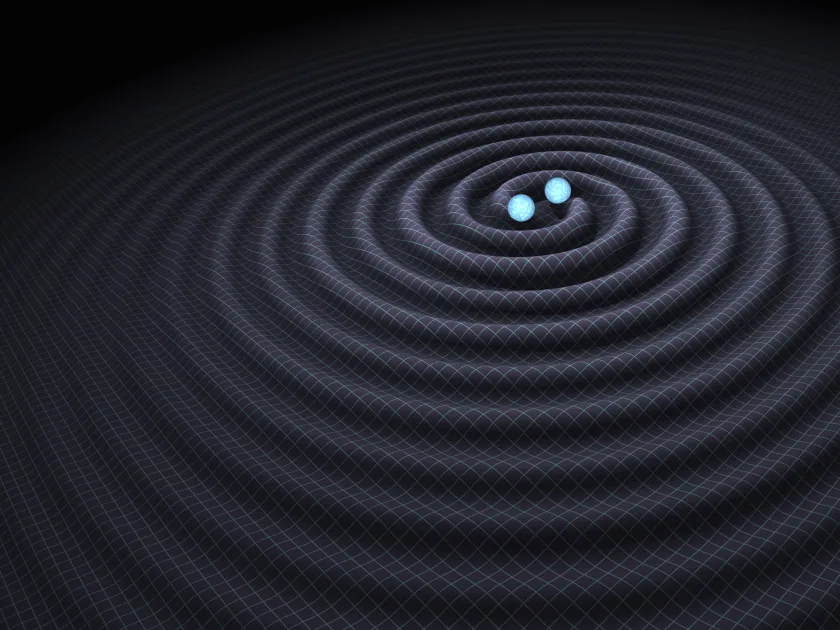
What initially sparked your interest in Astrophysics, and what motivated you to pursue it as a career?
First of all, my parents encouraged my curiosity about the world around us, and I was generally interested in nature: animals, plants, Earth, and, ultimately, space. In particular, I remember my dad told me some fun facts about neutron stars even before I went to school. Also, very early in my childhood, my mum was reading me fictional yet educational animal stories by Vitaly Bianki. I enjoyed reading, and among many other things, my parents and I were collecting a series of encyclopedias for children. The name was Avanta+, it was quite popular in Russia between late 1990s – early 2000s. Among all of these books in our collection, I spent most of the time looking through beautiful images and photos and reading the captions in the Astronomy encyclopaedia.
They contained some real scientific images and some artist impressions. I enjoyed looking through this book after school and I imagined visiting all these far-away places: other Solar System planets, other stars. It seemed mesmerising to me that the world is so big and diverse, and that there are certain places with physical conditions and matter very different to what we are used to seeing on Earth. At the same time, there is a beautiful underlying structure that governs it.
Later on, somewhere in middle school, I had a nice Physics teacher. She encouraged my interest in the subject and participation in state olympiads (competitions) in Physics. Then, I joined the Kolmogorov high school in Moscow based on very competitive entrance exams. The school is focused on physics and maths, and we had university-style education with a very strong yet interesting program and talented lecturers with joint appointments at school and at the university. There, I have also better appreciated the beauty of mathematics. In fact, the school was a formal part of the Moscow State University, and I knew for sure that I would like to go to this university and no other. I did not even apply to other universities. However, I needed to decide on the faculty (department). I was choosing between the department of computational maths and cybernetics (basically, IT), and the physics department. I got an admission offer for both. IT seemed more practical for finding a job, but I followed my heart and chose the Physics department. I still had this burning spark of curiosity about the world around us, and physics seemed like something that gets to the bottom of this by understanding the very basic building blocks of this world. Whereas IT seemed like a direction I could still follow at a later stage.
At the Physics department of the Moscow State University, at some point we had a lecture by Prof. George Smoot, a famous cosmologist who received a Nobel Prize for discovering anisotropy in the Cosmic Microwave Background radiation (CMB). The lecture was exciting, it was again coherent with my desire to understand how the universe works. Prof. Smoot was collaborating with the university on a topic of gamma-ray bursts, so I chose to continue my university courses at the sub-department of the physics of space he was working with. There, I learned more about what it’s like to be working in astrophysics. I had a few internships with Prof. Smoot in Seoul and Paris. I also realised that I am mostly interested in the data analysis aspect of astrophysics, not pure theory or instrument science. After graduating, I also worked for a year in the industry as an analyst, but then I heard about the Ph.D. position opening in Australia with Prof. Eric Thrane concerning data analysis in the exciting new field of gravitational wave astrophysics. My past experiences hinted that it might be something I will enjoy, and I decided to apply!
Reflecting on your diverse research experiences from Moscow to Monash to Gran Sasso, what have been the most pivotal moments in your scientific journey?
Interestingly, I think of my whole scientific journey as a rollercoaster of pivotal moments. New positions, new projects, new opportunities are always changing something, it never gets boring!
How did your collaboration with Prof. Laura Donnay and the discussions on recent advances influence the direction of your study? Ref: Inferring Fundamental Spacetime Symmetries with Gravitational-Wave Memory
I was curious about the new physics we can infer by studying the gravitational wave memory, and Laura told me about some fundamental mathematical aspects of the spacetime symmetries that correspond to these memory terms via the so-called Infrared Triangle. Apparently, there were some aspects of these symmetries that theorists did not completely understand, and we thought that the gravitational wave memory could be brought forward as a nice observational test of these symmetries.
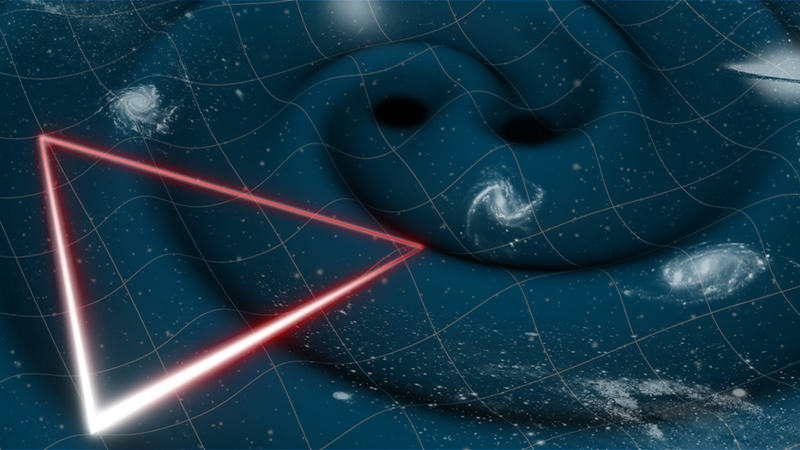
What were the key challenges you faced in exploring the possibility of using gravitational wave memory to measure spacetime symmetries?
I think one of the challenges is that this idea has not been discussed much before, and thus we had a fairly limited set of models to run simulations with. For the most complex and, arguably, the most interesting symmetry model, Generalised BMS symmetry, there are no concrete gravitational wave memory predictions in the modern literature. While the existence of some other memory terms has been confirmed with numerical relativity simulations, but there are still some caveats. So, we provided a case study using a fairly limited set of models, but we hope it will motivate future work on the subject.
What role do you think PTAs will play in detecting gravitational wave bursts with memory caused by supermassive binary black holes?
PTAs, so far, is the only experiment that may detect these bursts from mergers of supermassive binary black holes. However, these events are very rare. So, we have to be very lucky to observe it in our lifetime, and we might need a very sensitive instrument like the Square Kilometre Array (SKA) to become a part of the PTA.
Are there any upcoming missions, telescopes, or observatories that you’re particularly excited about?
There are many new experiments in my field that I am very excited about! Einstein Telescope and Cosmic Explorer are the proposed next-generation ground-based detectors that will supersede LIGO and Virgo. While LISA will observe gravitational waves in space at lower frequencies. In particular, LISA might see mergers of massive black holes and the inspirals of black holes with extreme mass ratios. These experiments are planned for the 2030s. SKA is another great planned instrument not only for gravitational wave astronomy with PTAs, but radio astronomy in general. So, the future seems bright!
I am generally excited about the experiments that may probe the most extreme physics at the birth of the universe. In particular, the earliest light in the universe we see is the CMB, prior to it the universe was opaque to electromagnetic radiation. However, we might be able to see gravitational waves from even earlier epochs. Detecting such gravitational waves would be a groundbreaking discovery. We might see an imprint of these gravitational waves on the CMB.
What are your other interests besides astronomy… reading, painting, gardening, skiing maybe?
I like snowboarding, surfing, or anything new that involves some adrenaline or a sense of adventure! Although I don’t do it on a regular basis. I also like reading, travelling, and doing physical exercises outdoors. I used to play a guitar and an accordion a long time ago.
Someone comes up to you and says, “I wanna be just like you. I want to be an astrophysicist”, what advice would you give?
1. Be prepared for a challenge, it’s not all romantic and easy!
2. Surround yourself by supportive and best-in-the-field colleagues and mentors. It’s hard to grow professionally and develop new ideas in a vacuum.
3. It doesn’t have to be a career, there are many people who do astrophysics part time or as a hobby. They still enjoy it and even make discoveries. While also applying their sharp minds and critical thinking on something else very successfully.
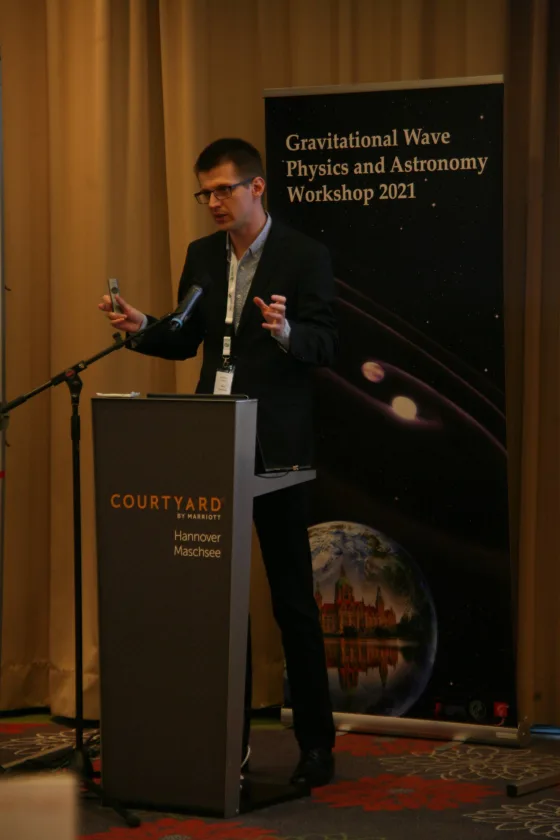
Quick bits:
What is your favourite movie quote?
“There is no spoon” and the surrounding dialogue, the Matrix.
If you were a superhero what would your powers be?
I think it’s best not to think too much about imaginary superheroes from the movies, flying around and shooting lasers from the eyes. It leads to an escape from reality in one’s mind. There are many real-life heroes, examples of courage or great achievement. Do something well, work hard, work smart, and be persistent – and you will develop superpowers of your own! While scientific progress brings what may seem as superpowers from the point of view of our ancestors. We can talk with each other over thousands of miles and fly over continents in a matter of hours, we can live longer by fighting off diseases that were previously considered terminal. That’s already pretty cool if you think about it this way! And I am glad to be living in the age where we have these superpowers.
Your favourite scientific innovation of the 21st century?
The 21st century is only getting started, and we don’t have as many exciting new things as lasers, first man in space, atomic energy, penicillin. However, we have exciting developments in AI and computing, gene editing technologies that prove to be promising. ChatGPT seemed like a quantum leap compared to conventional means to process general information such as books and web search engines. However, the underlying technology of natural language processing (NLP) will only get one up to the point of mimicking what has already been done by humans and put on the internet. While the progress in genes only seems to find applications to some rare diseases, not to increasing human life expectancy in general. In science, thanks to developments in machine learning and graphical processing units (GPU), we can analyse more data quicker. Quantum computing is also developing, but for now for a very limited number of applications. As for engineering, Elon Musk has done quite a bit of innovation by transforming both the automotive industry and space travel. Rocket booster landing is very impressive and seemed like another quantum leap for me. I hope the most interesting innovations are still up ahead!
What will your TED Talk be 10 years from now?
“How to win a Nobel Prize” 😉
What books should I read in 2024?
It depends on the person’s interests! However, for everyone, I recommend immortal classics: Asimov, Kipling, Dostoevsky, Verne, London, Tyutchev, Twain, Bulgakov, and many other names. Only time tells what is truly remarkable.
(Wow! Thank you, Dr. Goncharov, for an incredibly inspiring conversation! Your work is a true source of inspiration. We eagerly anticipate our next visit to witness more of your innovative research. Until then, we extend our best wishes for your continued success in all your future endeavors.)

